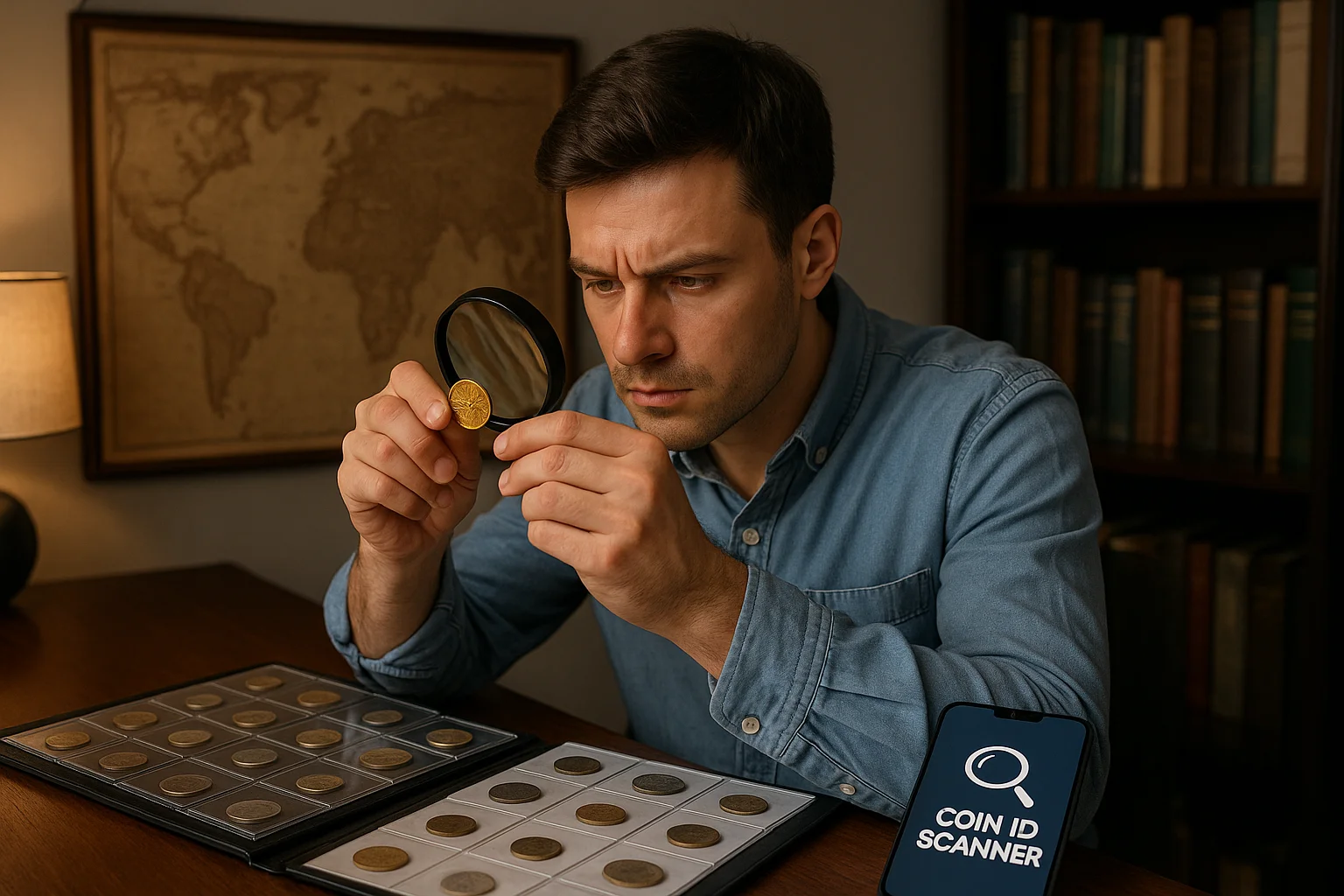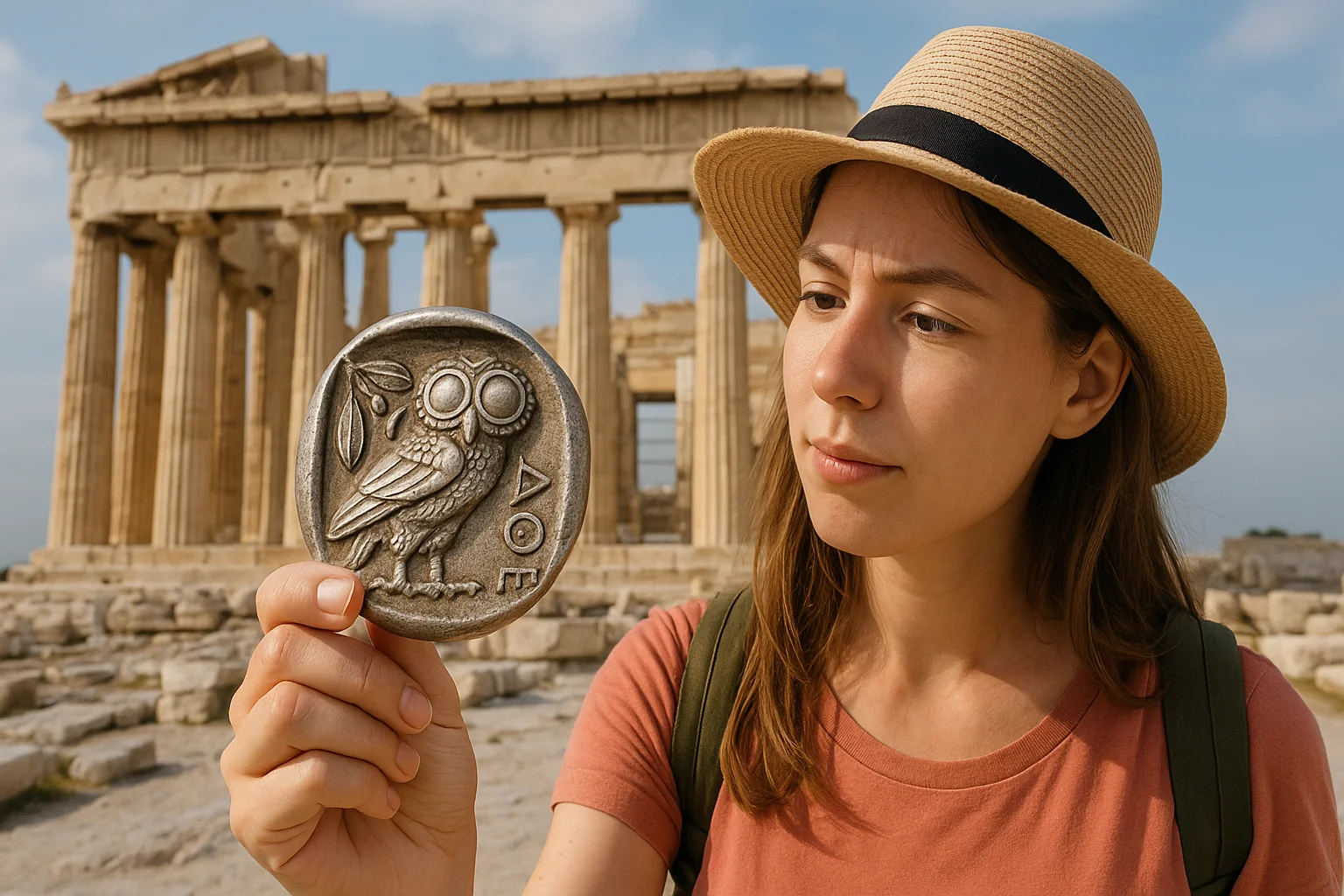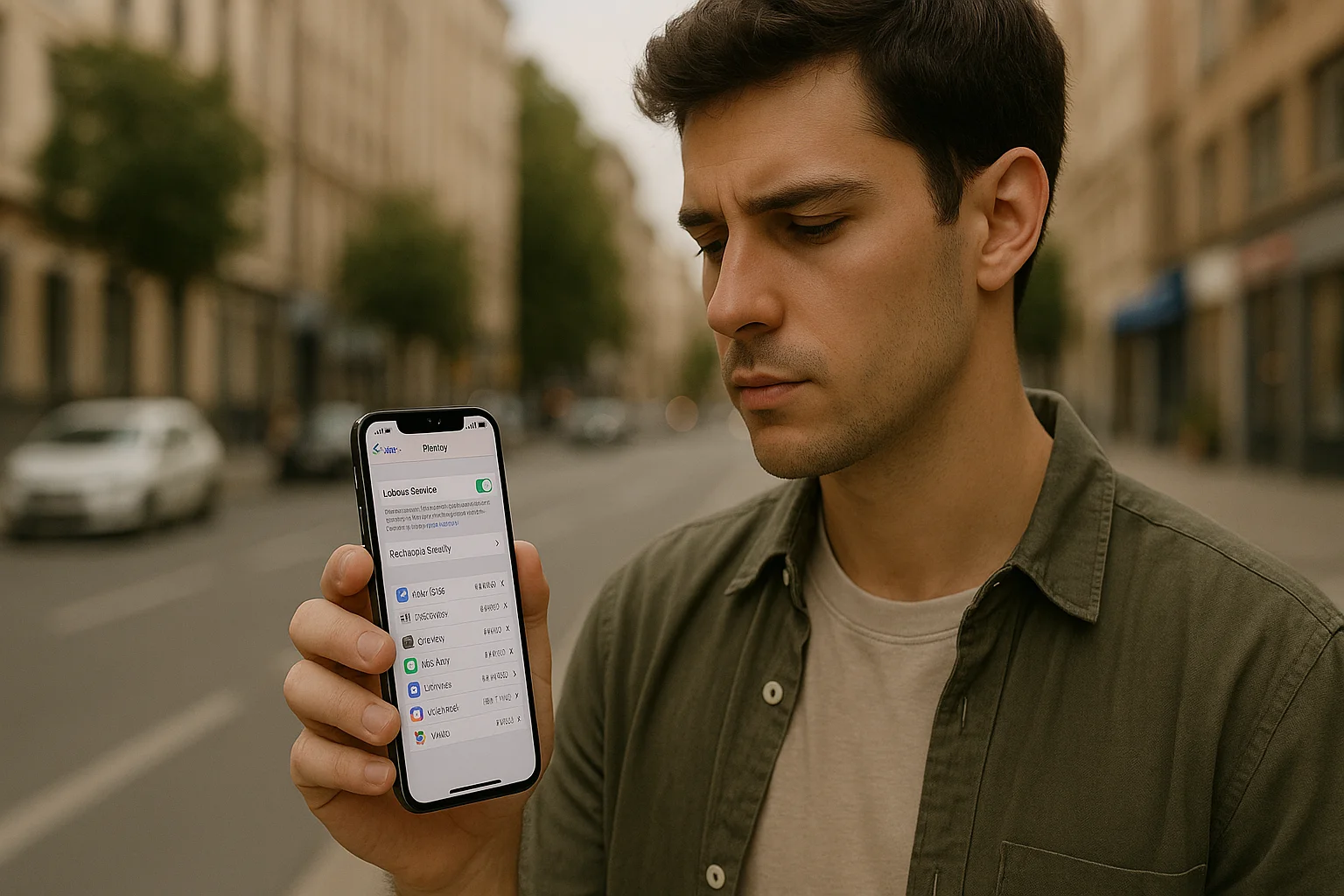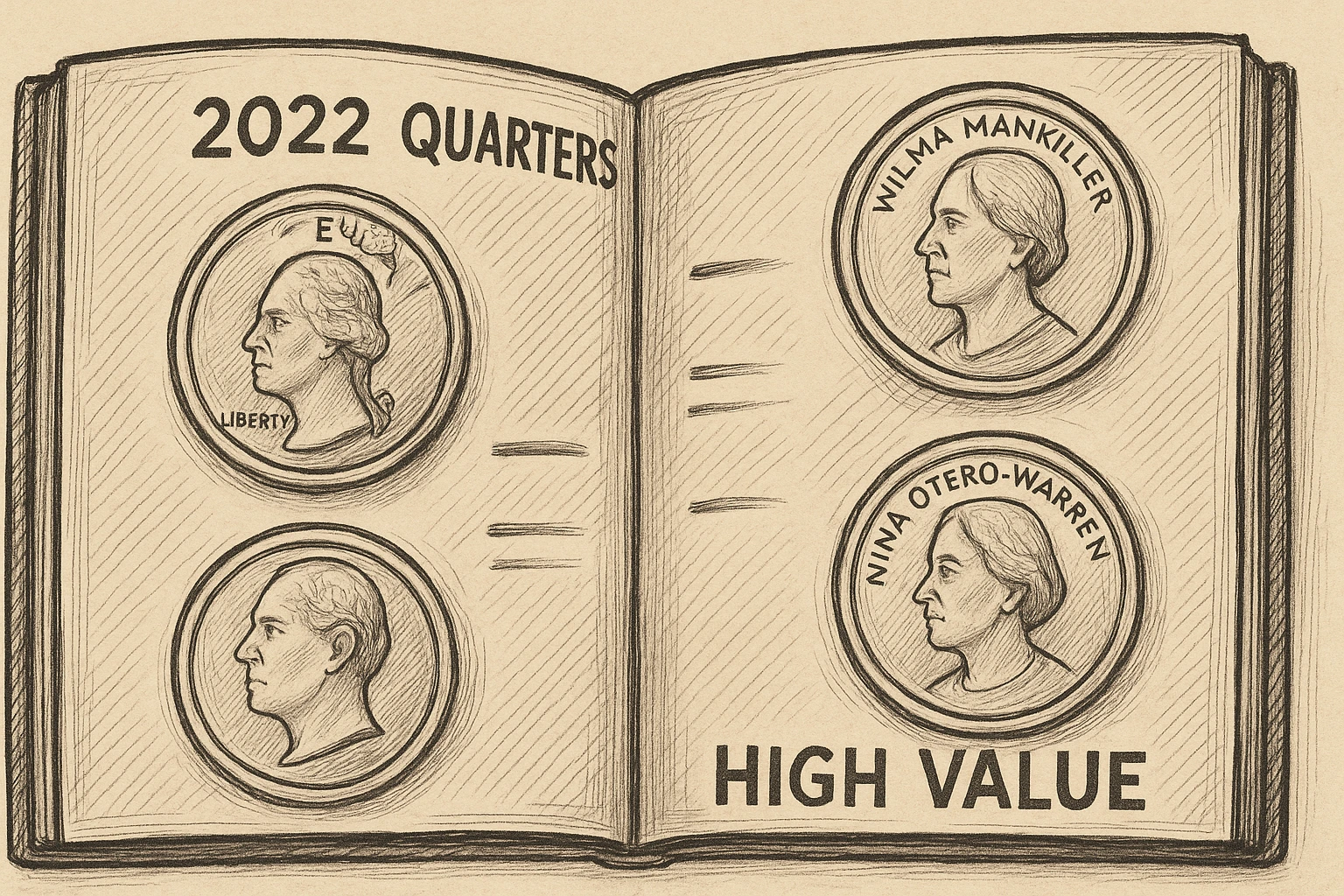Across dusty museums, collector showcases, and prestigious auctions, ancient coins whisper stories of forgotten empires and rulers long gone. Yet all these coins are more than simple relics — they are prized collectibles, often commanding prices in the thousands. What makes some ancient coins so valuable? Well, it is a mix of rarity, historical significance, exceptional craftsmanship, and condition.
And while the world of ancient coins may seem intimidating, modern tools like the Coin ID Scanner app make identification and preliminary evaluations easier than ever — a useful assistant whether you’ve inherited a coin or are considering buying one.
Well, today we offer you to go through some of the most iconic and valuable ancient coins that have stood the test of time — and learn why collectors are still eager to pay top dollar for them.

Top Ancient Valuable Coins that May Interest You
- Athenian Tetradrachm (5th–4th Century BCE)
- Metal: Silver
- Weight: ~17.2 grams
- Obverse: Head of Athena wearing a crested helmet
- Reverse: Owl standing, olive sprig, crescent moon, “ΑΘΕ” inscription
- Region: Athens, Classical Greece
- Estimated Value: $1,000 to $6,000+ (depending on condition)
Few coins are as iconic as the Athenian “Owl” tetradrachm. Minted during the height of Athens’ Golden Age, these coins were a symbol of power, democracy, and cultural dominance. The owl (sacred to Athena) represented wisdom and watchfulness — fitting for a city that gave the world Socrates and the Parthenon.
Due to Athens’ vast trade networks, this coin became one of the first international currencies. It was widely accepted across the Mediterranean, even beyond the borders of Greece.
Collector tip: Watch for the distinctive almond-shaped eye of the owl and the sharpness of Athena’s helmet crest. High-grade specimens with minimal wear and a centered strike are especially valuable.
Fun fact: The reverse design was so popular that Athens kept it largely unchanged for over 300 years — a rare move in ancient numismatics.
- Gold Stater of Alexander the Great (c. 330–320 BCE)
- Metal: Gold
- Weight: ~8.6 grams
- Obverse: Athena wearing Corinthian helmet
- Reverse: Nike (Victory) holding wreath and stylus; inscription “ΑΛΕΞΑΝΔΡΟΥ”
- Region: Macedonian Empire
- Estimated Value: $4,000 to $20,000+
Minted in the wake of Alexander’s legendary campaigns, the gold stater wasn’t just a coin — it was a symbol of conquest. Struck from Persian gold booty, these coins helped fund Alexander’s vast army and solidify his image as a ruler chosen by the gods.
Although Alexander died young, the coins bearing his name continued to be minted by his successors (known as the Diadochi) — a testament to his lasting influence.
Collector tip: Authentic examples usually show precise engraving and balanced centering. Watch out for replicas, especially those made for educational or touristic purposes — they are common, but lack numismatic value.
Fun fact: Nike, the winged goddess of victory, wasn’t just decorative — she represented Alexander’s unstoppable march across the known world.

- Carthaginian Gold Stater with Tanit (c. 300–264 BCE)
- Metal: Gold
- Weight: ~7.5 grams
- Obverse: Head of the goddess Tanit, often veiled or crowned with grain
- Reverse: Standing horse, sometimes palm tree or solar disk
- Region: Carthage (modern-day Tunisia)
- Estimated Value: $3,000 to $15,000+
Carthage, the legendary maritime power of North Africa, minted coins that were as bold as their ambitions. Their gold staters, issued before the Punic Wars, honored Tanit, the city’s principal goddess of fertility and war.
Unlike Greek coins, Carthaginian pieces often feature more stylized and symbolic imagery — and the horse was especially important (symbolizing both military strength and the famous Numidian cavalry).
Collector tip: Genuine Carthaginian staters are extremely rare. Look for soft, worn edges and ancient die cracks — signs of authenticity. Avoid coins that look “too perfect,” as many modern copies lack the irregular charm of true ancient pieces.
- Aureus of Nero (c. 54–68 CE)
- Metal: Gold
- Weight: ~7.3 grams
- Obverse: Bust of Emperor Nero, facing right
- Reverse: Varied — often featuring deities, temples, or military victories
- Region: Roman Empire
- Estimated Value: $5,000 to $25,000+
Love him or hate him, Nero left behind some of the most stunning Roman coinage. His gold aurei reflect an empire at its cultural and economic peak — but also on the edge of chaos. Nero famously debased silver coinage, but his gold coins remained relatively pure and were struck with remarkable detail.
Collectors prize these aurei not just for their gold content, but for the history they embody — the Great Fire of Rome, Nero’s controversial rule, and the eventual fall of the Julio-Claudian dynasty.
Collector tip: Check the nose — seriously. Nero had a distinctive profile, and authentic aurei tend to show a hooked nose and receding hairline. And beware of copies with overly “idealized” features.
- Solidus of Emperor Justinian I (c. 527–565 CE)
- Metal: Gold
- Weight: ~4.5 grams
- Obverse: Helmeted bust of Justinian, holding globus cruciger and shield
- Reverse: Angel standing with long cross and “VICTORIA AVGGG” inscription
- Region: Byzantine Empire (Constantinople)
- Estimated Value: $2,000 to $10,000+
The solidus was the backbone of the Byzantine monetary system — a coin so stable and trusted that it influenced European economies for centuries. Emperor Justinian I, famous for his legal reforms and massive architectural works (like the Hagia Sophia), issued solidi that combined imperial power with Christian imagery.
Unlike earlier Roman coins that focused on pagan deities or abstract personifications, the Byzantine solidus reflected the empire’s transformation — spiritual, political, and cultural.
Collector tip: You need to pay attention to clear inscriptions and intact facial features on Justinian’s bust. Byzantine coins often appear “flat” compared to Roman ones, so focus on detail, not dramatic relief.
Interesting fact: Many solidi were hoarded and buried in church treasuries. Some of today’s finest specimens were discovered in monastic sites across Eastern Europe
Holding History and Starting Your Own Journey
So what makes ancient coins so valuable? It’s not just age or metal — it’s context, rarity, condition, and historical importance. Each of the five coins we’ve explored tells a story of empires at their peak, collapsing regimes, divine symbols, and economic revolutions.
If you’re feeling inspired to dive into the world of ancient coins, here are a few beginner-friendly tips:
- Start small: You don’t need thousands of dollars. Bronze Roman coins or Greek fractions can cost under $50 and still be historically significant.
- Educate yourself: Read auction listings, study reputable catalogs, and follow numismatic forums.
- Use technology wisely: Tools like the Coin ID Scanner app can help identify ancient coins, analyze imagery and inscriptions, and even give you auction data for similar pieces. It’s especially handy when you are trying to figure out if a flea market find is a real jewel — or just a replica.
- Beware of fakes: Ancient coins are among the most forged collectibles. Learn to recognize signs of casting, incorrect patina, and modern tool marks.
Pro tip: Always buy from trusted dealers or auction houses. A certificate of authenticity is nice, but a seller’s reputation is even better.
Final Thoughts
From the silver owls of Athens to the golden glories of Byzantium, ancient coins are more than just money — they are miniature time machines. Whether you are a curious beginner or an aspiring collector, these coins offer you the chance to literally hold history in your hand. And who knows? Your next coin might just be one that outlived an empire.





